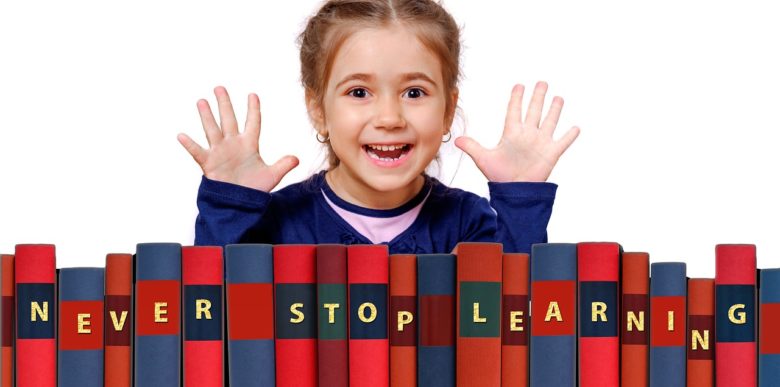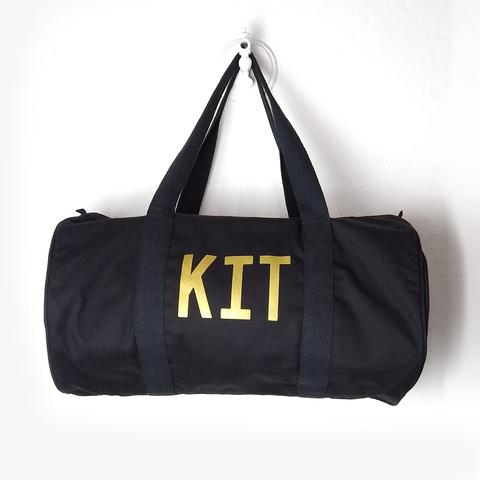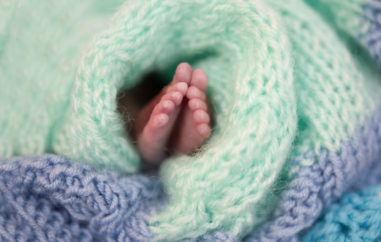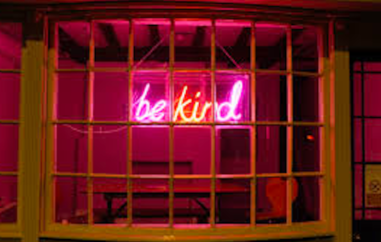Strategies for Behaviour Management in Primary Schools
1
Most people would agree that primary school teachers have some of the most demanding jobs out there. Just teaching the children the material is very far from the end of their work, and primary school age is a period that is notoriously difficult to manage. While dealing with some children can be a piece of cake, more often than not, there will be at least a few little troublemakers in every class who will need special attention and special strategies to keep focused and occupied – and even the quietest and most well-behaved kids have a short attention
SelfishMother.com
2
span at that age. So here are a few strategies primary school teachers may use to manage the behaviour of their class.
A clearly structured system
You probably already know that kids need a routine. Routine actions, such as preparing their books, represent a good deal of their classroom activities, and these little things provide them with a sense of security – and you with peace of mind. However, you must establish these routines as well as a clear set of rules as soon as the school year starts, as habits are very difficult to modify later on. For
SelfishMother.com
3
instance, you can create a countdown system where pupils have until you reach the end of the countdown to finish up talking and prepare their class materials. Or you can use a fun call-and-response method instead. These will appear as a game for them and both of you win in the end.
Crime and punishment
As much as we are told that positive reinforcement is more effective in forming behaviour than negative reinforcement, schools need to have both. Establish what positive behaviour you want to encourage and what you want to discourage, and create a
SelfishMother.com
4
reinforcement system. For positive behaviour such as walking in an orderly manner instead of running, or saying “please”, you can, for example, create a token system where pupils will earn good points and ultimately some kind of a reward (or even just praise might do wonders). For negative behaviour, an effective “punishment” is withdrawing privileges for a while.
Be prompt when reacting
When it comes to managing behaviour, both the way you react and how prompt your reaction plays an important role. First of all, be aware that your reaction
SelfishMother.com
5
will affect the behaviour of your pupils. As soon as you notice the first signs of misbehaviour, don’t wait for it to aggravate, but nip it in the bud. One pupil misbehaving will not only distract the others and prevent them from learning, but they can also prompt others to start doing the same and if you only react at that point, it is going to be so much harder to correct the situation.
Turn to useful resources
While research and self-teaching surely provide you with some useful knowledge to manage less serious behaviour issues, it’s also never
SelfishMother.com
6
too late to broaden your knowledge and arm yourself with useful materials. In the digital age, there are so many resources at your fingertips that you will have no problem choosing from countless online courses for managing behaviour or purchasing books and workbooks that will guide you when dealing with situations more effectively. You can also look up what kind of workshops and events are available in your area on the topic and you will get a more direct experience that will empower you with confidence when facing your classroom of
SelfishMother.com
7
kids.
Managing the behaviour of primary school kids is definitely not an easy job, and no one is perfect when they are just starting out. There are no two classes and there are no two kids that are the same and need the exact same kind of treatment, so there is no cookie cutter solution to keeping a great classroom atmosphere that will provide all of the kids with the optimal environment to learn and develop skills. Especially when there is a larger number of pupils in the classroom, it can be difficult to give everyone the same amount of
SelfishMother.com
8
attention, and some of them might react in an undesired way. However, with ample preparation and a little experience, you will be able to deal with situations in an appropriate way.
SelfishMother.com
This blog was originally posted on SelfishMother.com - why not sign up & share what's on your mind, too?
Why not write for Selfish Mother, too? You can for free and post immediately.
We regularly share posts on @SelfishMother Instagram and Facebook :)
Emily Wilson - 12 Mar 19
Most people would agree that primary school teachers have some of the most demanding jobs out there. Just teaching the children the material is very far from the end of their work, and primary school age is a period that is notoriously difficult to manage. While dealing with some children can be a piece of cake, more often than not, there will be at least a few little troublemakers in every class who will need special attention and special strategies to keep focused and occupied – and even the quietest and most well-behaved kids have a short attention span at that age. So here are a few strategies primary school teachers may use to manage the behaviour of their class.
A clearly structured system
You probably already know that kids need a routine. Routine actions, such as preparing their books, represent a good deal of their classroom activities, and these little things provide them with a sense of security – and you with peace of mind. However, you must establish these routines as well as a clear set of rules as soon as the school year starts, as habits are very difficult to modify later on. For instance, you can create a countdown system where pupils have until you reach the end of the countdown to finish up talking and prepare their class materials. Or you can use a fun call-and-response method instead. These will appear as a game for them and both of you win in the end.
Crime and punishment
As much as we are told that positive reinforcement is more effective in forming behaviour than negative reinforcement, schools need to have both. Establish what positive behaviour you want to encourage and what you want to discourage, and create a reinforcement system. For positive behaviour such as walking in an orderly manner instead of running, or saying “please”, you can, for example, create a token system where pupils will earn good points and ultimately some kind of a reward (or even just praise might do wonders). For negative behaviour, an effective “punishment” is withdrawing privileges for a while.
Be prompt when reacting
When it comes to managing behaviour, both the way you react and how prompt your reaction plays an important role. First of all, be aware that your reaction will affect the behaviour of your pupils. As soon as you notice the first signs of misbehaviour, don’t wait for it to aggravate, but nip it in the bud. One pupil misbehaving will not only distract the others and prevent them from learning, but they can also prompt others to start doing the same and if you only react at that point, it is going to be so much harder to correct the situation.
Turn to useful resources
While research and self-teaching surely provide you with some useful knowledge to manage less serious behaviour issues, it’s also never too late to broaden your knowledge and arm yourself with useful materials. In the digital age, there are so many resources at your fingertips that you will have no problem choosing from countless online courses for managing behaviour or purchasing books and workbooks that will guide you when dealing with situations more effectively. You can also look up what kind of workshops and events are available in your area on the topic and you will get a more direct experience that will empower you with confidence when facing your classroom of kids.
Managing the behaviour of primary school kids is definitely not an easy job, and no one is perfect when they are just starting out. There are no two classes and there are no two kids that are the same and need the exact same kind of treatment, so there is no cookie cutter solution to keeping a great classroom atmosphere that will provide all of the kids with the optimal environment to learn and develop skills. Especially when there is a larger number of pupils in the classroom, it can be difficult to give everyone the same amount of attention, and some of them might react in an undesired way. However, with ample preparation and a little experience, you will be able to deal with situations in an appropriate way.
Did you enjoy this post? If so please support the writer: like, share and comment!
Why not , too? You can share posts & events immediately. It's free!
LIST




















